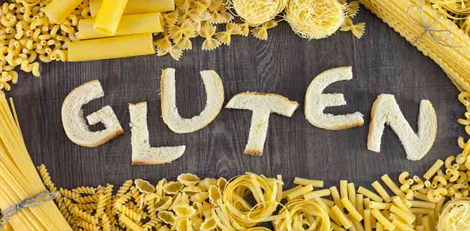Study shows excessive intake of salt among Indians
Posted on: 11/Nov/2016 10:15:57 AM

According to an analysis conducted by George Institute of Global Health un Australia, an average Indian consumes 10.98 grams of salt per day, which is 119 per cent more than the recommended limit of five grams per day by the World Health Organization, WHO. The study was published in the Journal of Hypertension.
The study analysed the salt intake of 227,214 Indian adults - aged 19 years and older - across 29 states and seven union territories; the reported mean salt consumption levels varied between 5.22 and 42.30 grams per day.
In urban areas, Uttar Pradesh, Uttarakhand, Punjab, Maharashtra and Gujarat reported least consumption among all states 6-7 grams per day; in rural areas, Haryana and all the above mentioned states, except Maharashtra, reported the least consumption. Tripura reported the maximum consumption of salt across all states 13-14 grams per day in both rural as well as urban areas.
Speaking about this, the authors of the study said, Over the past 30 years, the average Indian diet has been transformed. Indians are eating less of pulses, fruits and vegetables, and a lot more of processed and fast foods. Thus, their diets are now full of salt, sugars and harmful fats which are increasing the likelihood of high blood pressure, obesity and CVDs such as heart attack and stroke.
The GIGH study highlighted the fact that prior studies have reported higher levels of salt intake in men than women and in urban compared with rural areas. The Census report said that more men die due to CVDs than women in rural as well as urban areas, correlating with the observation made by the GIGH study. Men are 1.5 times more likely to suffer from a heart attack than women.
According to officials of the GIGH in India, We need a country-wide educational programme, teaching people about how to eat and how to reduce the salt in their diet. It can be done but it needs investment and it needs to be made a priority, given our rapidly rising levels of CVDs and high blood pressure.
The WHO has specific recommendations for reducing salt intake and, eventually, risk of CVD and other diseases. Adults should consume less than 5 grams, just under a teaspoon, of salt per day. The recommended maximum intake of salt for adults is adjusted downward for children aged two to 15 years based on their energy requirements relative to those of adults. All salt that is consumed should be iodised or fortified with iodine, which is essential for healthy brain development in the foetus and young child and optimising people’s mental function in general.







